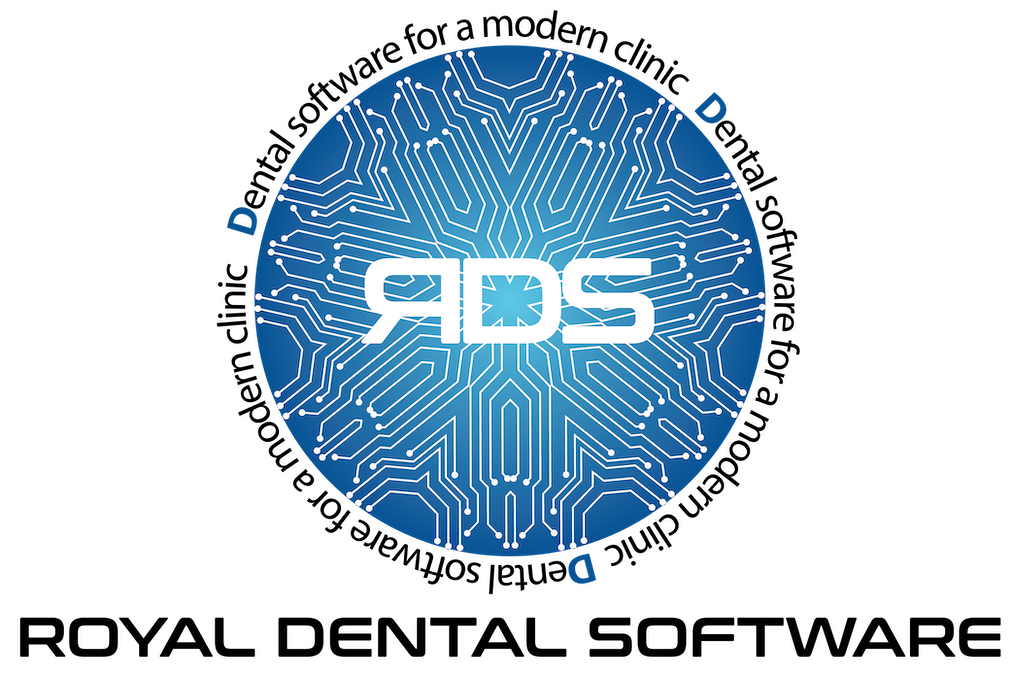MySQL 5.6
See MySQL.
MySQL 5.6
New installations of the Royal dental Software Trial Version use MariaDB. Existing Royal dental Software installations may be using MySQL 5.5, however we recommend upgrading to MariaDB 10.5. If you choose to upgrade from MySQL 5.5. to MySQL 5.6, there is a process you should follow to prevent issues. These instructions are intended for IT professionals with MySQL experience.
Why Upgrade?
We recommend updating to the 64-bit version of MariaDB 10.5, however some offices had already upgraded their databases to MySQL 5.6. There are several 'behind the scenes' changes with MySQL 5.6 that tend to make it more efficient than MySQL 5.5. The 64-bit version can also better utilize the processor and memory of the server, making the Royal dental Software experience more consistent for large offices.
Upgrade to MySQL 5.6 64-bit:
- All users will need to be out of the Royal dental Software program. You can shutdown all workstations from Royal dental Software (Tools > Misc Tools > Shutdown All Workstations). Wait for the shutdown process to complete; this may take about 15-20 seconds.
- Stop the MySQL service. Open Windows Services, right-click on MySQL and select Stop.
- Make a backup of any live databases (this may need to be done prior to stopping the MySQL service depending on how you run backups).
- Copy the my.ini file from the MySQL Server 5.5 program folder to the Desktop for later use.
- Uninstall MySQL Server 5.5. *If the MySQL service does not uninstall, open an elevated command prompt and run the command:
sc delete mysql
This will delete the MySQL service from Windows. - (Optional) Rename the MySQL Server 5.5 program folder to "MySQL Server 5.5_old".
- Download and install MySQL 5.6 64-bit version.
You may be prompted to install Microsoft Visual C++ 2010 Redistributable Package (x64) and Microsoft Visual C++ 2013 Redistributable Package (x64), if they are not already installed. These can be downloaded from Microsoft here: - Edit the my.ini file on the desktop with the variables below. There may be other optimizations that you will need to make to the my.ini file if you are using InnoDB.
Update the "basedir" variable with the MySQL Server 5.6 program folder path:basedir="C:/Program Files/MySQL/MySQL Server 5.6/"
- Move the modified my.ini in to the MySQL Server 5.6 program folder.
- Install the MySQL service by opening an ELEVATED Command Prompt. Use one of the options below. Option 1 is the recommend way to install the service. The other two options are there for information. Be sure to change the commands as needed, if you have a non-standard installation.
- Option 1: Run the command:
sc create MySQL binpath= "\"C:\Program Files\MySQL\MySQL Server 5.6\bin\mysqld.exe\" --defaults-file=\"C:\Program Files\MySQL\MySQL Server 5.6\my.ini\" MySQL" start= auto
- Option 2: From the MySQL bin folder, run the command:
mysqld.exe --install MySQL --defaults-file="C:\Program Files\MySQL\MySQL Server 5.6\my.ini"
- Option 3: From the MySQL bin folder, run the command:
mysqld --install
- Option 1: Run the command:
- Start the MySQL service.
- From the ELEVATED Command Prompt, in the bin folder of the MySQL Server 5.6 program folder, run this command:
mysql_upgrade -u root -f
If you have a MySQL user password, add -p to the command. This looks at all tables in all databases for incompatibilities with the current version of MySQL Server and also upgrades the system tables so that you can take advantage of new privileges, capabilities and changes that might have been introduced with the newer version. - Restart the MySQL service.
- Launch Royal dental Software. It will prompt to Optimize the database ("Tables will now be backed up, optimized, and repaired."), which should be done. If you accidentally skip past this window, you should run the Optimize tool from Database Maintenance > Tools.


